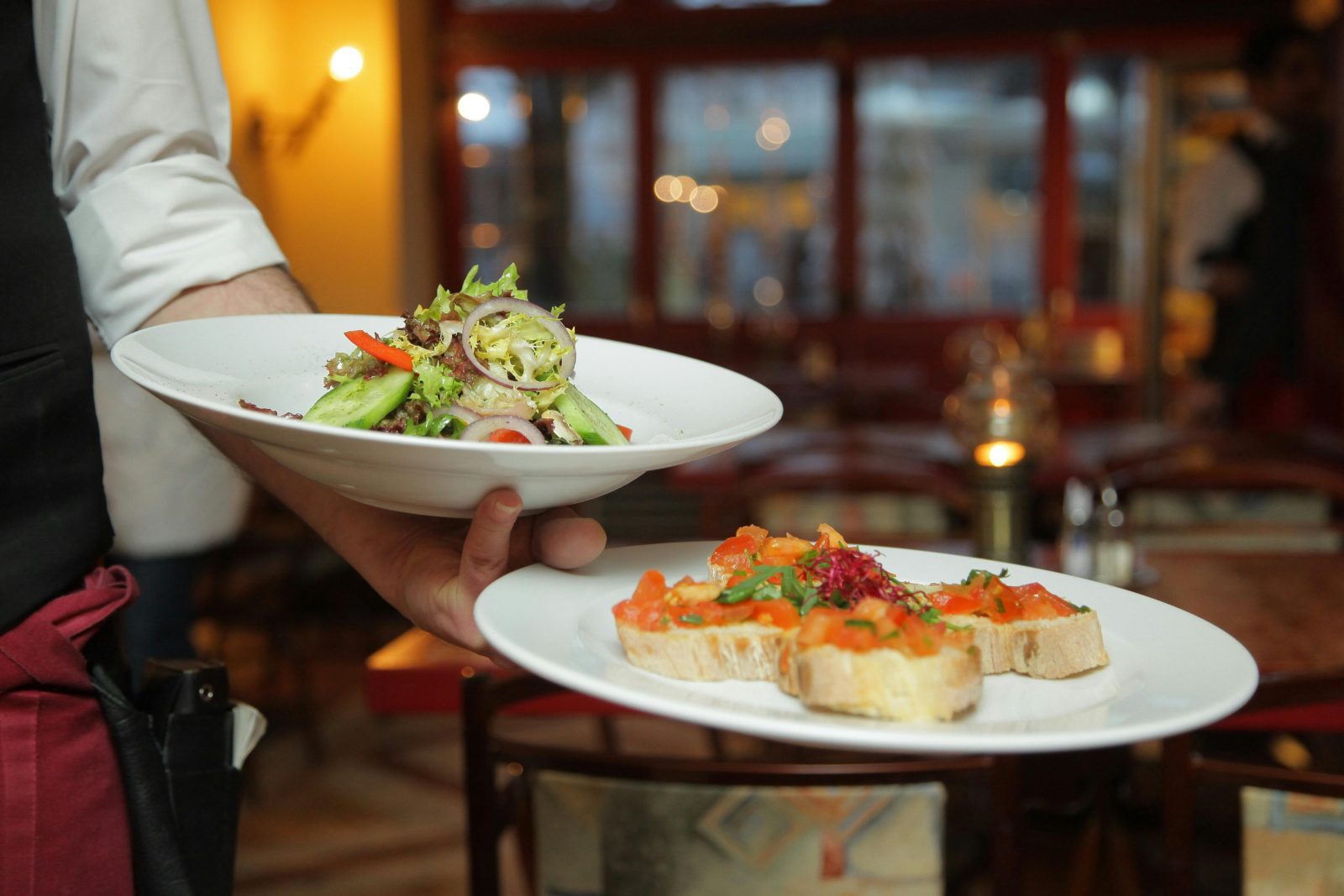While consumer goods inflation has been brought under control this year, the service sector tells a different story. In recent months, the year-on-year price growth rate has hovered around five percent, with analysts noting that price increases are particularly evident in food service establishments.
According to Petr Dufek, chief economist at Banka Creditas, “Over the past five years, food services have increased by 65 percent, and accommodation services by 52 percent. They are clearly among the domestic inflation record-holders”. The pace of price hikes in the HORECA sector (hotels, restaurants, and cafes) gained significant momentum after the end of the first lockdown during the coronavirus pandemic.
The price surge in the food service sector appears even more dramatic when viewed over a longer period. Miroslav Novák, an analyst at Akcenta, points out that “Year-on-year, food service prices rose by 6.9 percent in October, and compared to 2015, by 95.6 percent. So, the price increase in restaurants is not just a consumer perception, but a harsh reality of recent years”.
The price hikes have affected various items in the hospitality industry. For instance, the price of a daily menu in October jumped by 27.6 percent compared to the beginning of 2022. Goulash with a side dish became 31.5 percent more expensive, and the price of two deciliters of wine increased by 33.3 percent. Draft beer, often considered “Czech gold,” has seen a continuous price increase across the country and beer brands.
Luboš Kastner, a restaurant operator and member of the Association of Small and Medium-Sized Enterprises and Tradesmen of the Czech Republic, admits that inflation in the gastro sector doesn’t fall below seven percent. According to the gastro price index from Dotykačka, prices rose by 26 percent from January 2022 to August 2024. Kastner attributes the price increases mainly to rising labor costs, stating that “Wage costs account for up to a third of the industry’s income. Due to low unemployment and living costs, the pressure on wage growth in our industry is the main reason for the general price increase”.
The situation in the Czech Republic is not unique in this regard. Customers in Hungary and Poland have experienced even greater price shocks in restaurants, while hotels in Croatia have seen faster price increases. The European Central Bank in the eurozone and the US Federal Reserve also perceive price developments in this sector as a risk, indicating that the challenge of rising service costs extends beyond the Czech borders.








